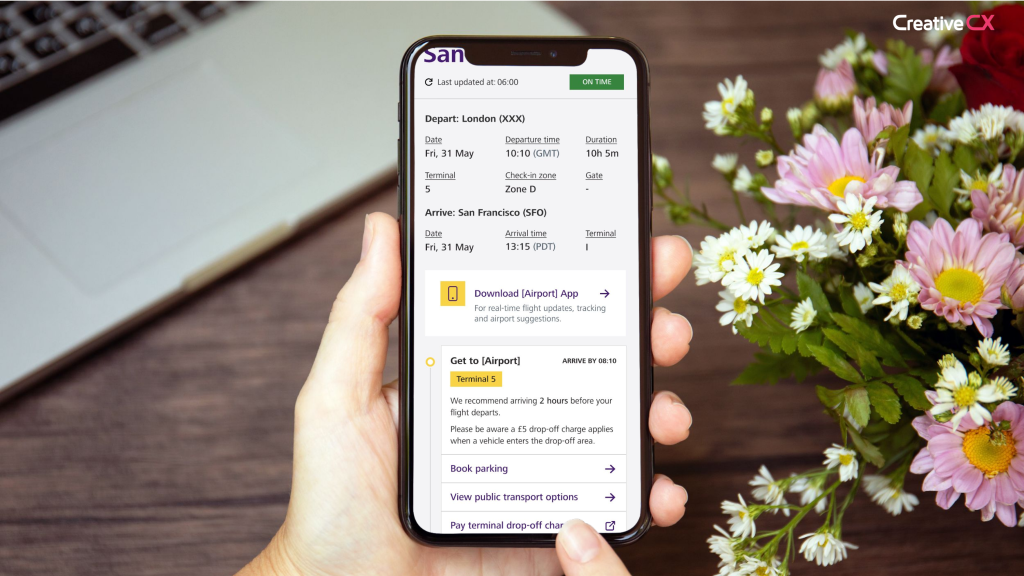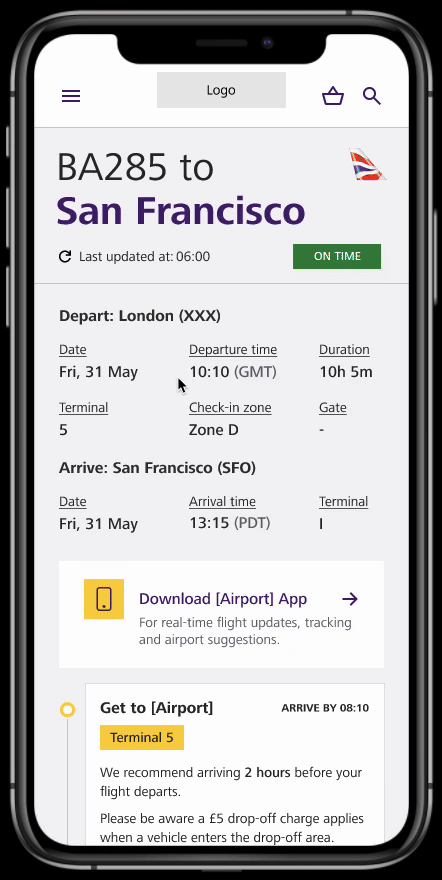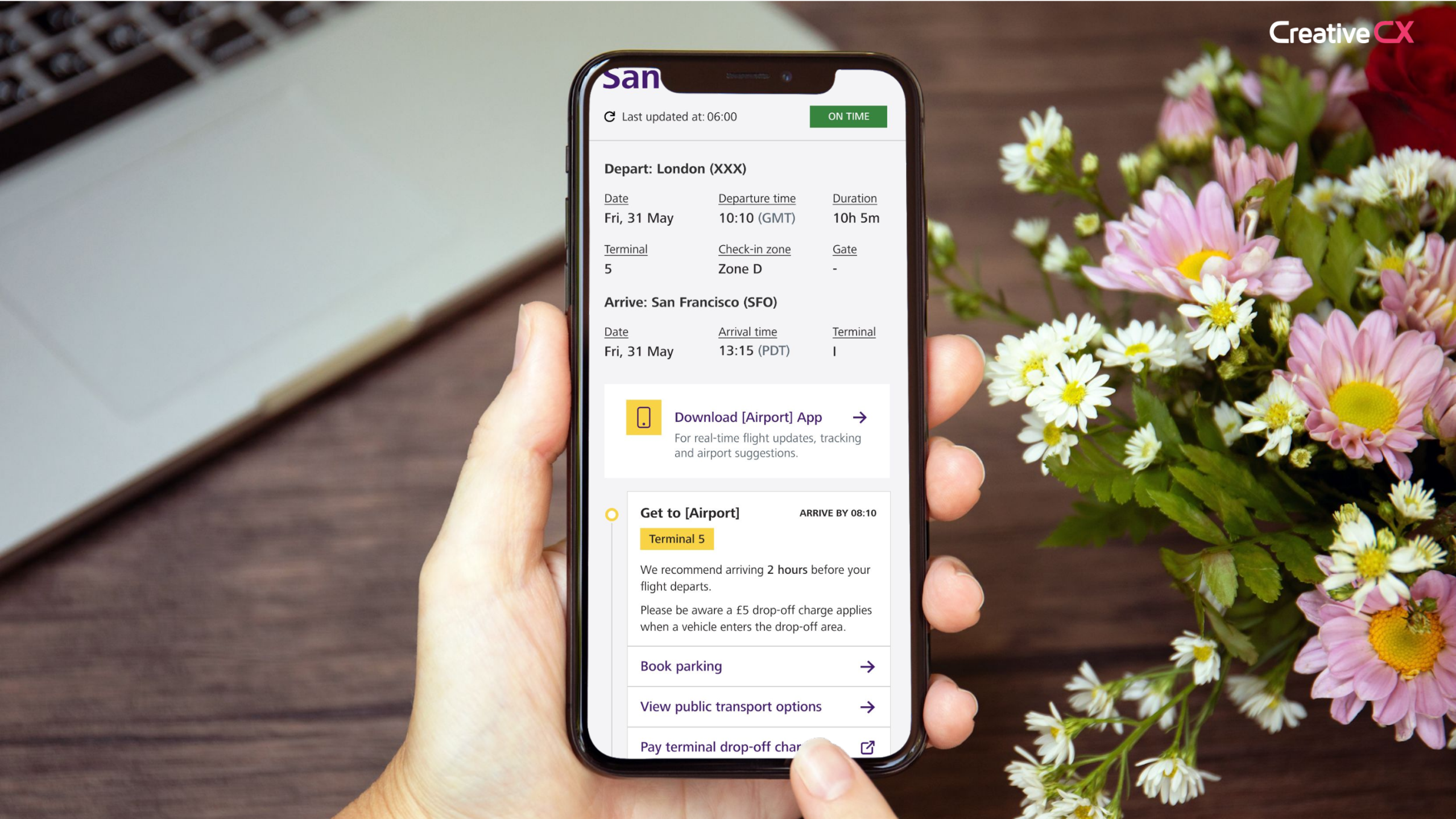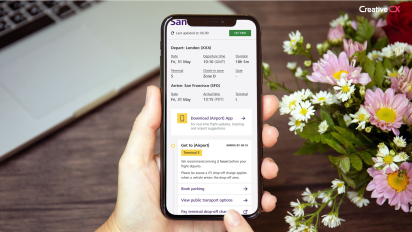
In general, we advocate for testing low-effort changes that have the potential for high impact.
However, in some cases it is necessary to make bigger changes, such as introducing new interactions or functionality, completely new page layouts, or significant journey redesigns.
In these cases, it is vital to get early insight into users’ understanding and behaviour surrounding new designs before investing a significant amount of time in development and QA ahead of A/B testing.
Figma’s high-fidelity prototyping capabilities allow us to validate complex designs and interactions with real users before development begins. This not only mitigates risk but also ensures that the final iteration is built on genuine user behaviour and feedback, rather than assumptions.
Live prototyping is also a great solution for testing navigation and filtering redesigns in particular, as in some cases we’d otherwise require thousands of different stages and pages!
Why Fidelity Matters in Usability Testing
Wireframes and mockups are valuable tools for gathering quick insights, particularly in the early stages of design. As discussed in my article UX Prototyping Solutions, they help define structure and layout efficiently.
However, while wireframes are useful for establishing basic layouts and functionality, they do not enable evaluation of real user interactions, behaviours, and potential usability issues, which is especially problematic when testing complex user journeys.
Users engage very different with a single mockup compared to a fully interactive prototype that mirrors a real experience.
High-fidelity prototypes bridge this gap by allowing us to identify potential roadblocks early, enabling faster iteration and more confident decision-making, ensuring a smoother transition from design to development.
Case Study: How High-Fidelity Prototyping Improved Airport Usability

For a recent project with one of the UK’s leading airports, we used Figma to support end-to-end design and testing.
Using Figma’s advanced prototyping capabilities, we created fully interactive journeys to evaluate the experience of finding and tracking your flight, focusing on the clarity of flight information and commercial opportunities like Parking, Fast Track Security, Reserve & Collect and Lounges.
We conducted moderated usability testing with professionally recruited UK-based participants across mobile and desktop, all actively planning to either fly abroad, or pick someone up from an airport.
Our objective was to understand how intuitive and effective each design was in helping users manage their journey to the airport, as well as their time within it, while also addressing known UX issues and supporting business goals like promoting the range of restaurants and retail stores.
Figma allowed us to iterate quickly whilst retaining a realistic experience, all of which made the insights more behaviourally accurate.
This, in turn, led to more reliable and valuable insights, a better understanding of the problem, and therefore more suitable and powerful recommendations and test ideas, which are more likely to have a big impact as they address the problem directly, rather than leaving it to guesswork.
This project proved to be clear indicator of how prototype fidelity and structure can influence user perception and decision-making, not just by highlighting what users struggle with, but by helping us understand why those struggles occur in the first place.
Conclusion
Qualitative testing with real users to identify problems, validate designs, and deepen understanding, which significantly increases confidence in creating more effective, evidence-based recommendations.
At Creative CX, we help teams integrate high-fidelity prototyping into their experimentation processes, ensuring designs are tested, iterated, and optimised before development.
Book a discovery call today to see how we can support your experimentation programme and help you create more effective digital experiences.



